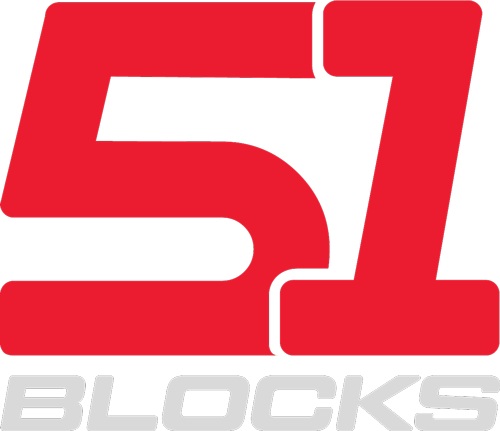Did you know that you will get different Google search results from a desktop than a smartphone? Google developed their first mobile algorithm in 2016, which was a direct response to users’ preference for mobile search over desktop. Now, rankings differ between desktop and smartphone Google searches as much as 79%.
SEO used to be a field that relied on fast tricks to game the Google algorithm. As the algorithm has evolved, it’s getting harder and harder to game the system, and SEO now requires a higher level of expertise for success.
Companies and brands focusing solely on desktop searches are missing opportunities to grow their business. That is to say, it’s not simply enough to optimize for a desktop search — you have to have strategies for both desktop and mobile SEO.
So what do these algorithms mean for your business?
Why is it important for business to develop strategies that address search results for both mobile and desktop Google searches? Well, for one, the algorithms address different user problems.
Think about this example: have you ever pulled out your phone to run a Google search while you’re out on the town? Often you’re looking for something nearby. Thus, local results are much more prevalent in mobile searches, and in a mobile result, Google Places listings appear higher on the page than they do in desktop. It’s important for companies to use this to their advantage and geo-modify their keywords to appear higher on the rankings. That way, not only will they get traffic to their site, they may also get traffic to their physical location.
Moreover, with google’s mobile-first indexing, you can’t focus on desktops for higher search results. As of 2018, Google serves the mobile version of sites first on the search engine results pages (SERPs). This means that if you don’t have a mobile site, you’ll appear lower in search results on mobile devices. It also means that mobile sites will be considered the most trusted version of your website, and businesses without mobile versions will experience a drop in rankings.
Because of these differences, it’s important to consider factors such as screen size, user intent, and micro-moments, or a user’s most probable intent, while planning your mobile and desktop SEO strategies.
How do you optimize for these differences?
To achieve high rankings on Google’s desktop and mobile results, you have to adopt a deliberate and long-term strategy. You can break down into a four-part program:
- Because customers behave differently on mobile searches than desktop searches, you must perform keyword research for mobile devices. This is often because different ways of inputting keywords are available to them, like voice search. Once you’ve identified the keywords, you’ll have to research and understand user intent and develop relevant brand content.
- Your webpages have to be fast, legible, and efficient for both mobile and desktop searches. Whether using cell phone data or a wifi connection, users should be able to read and load all content, whether it’s an image, table, or text, on both a laptop and a mobile phone. You can use Google’s mobile-friendly testing tool to do check to see if your content is legible in mobile formats. However, in order to be successful, brands can no longer just design websites for desktop.
- Know your audience! It’s important to create content targeted toward specific audience groups, so that more people will be drawn to your site. This content often bridges the gap between the mobile and desktop algorithms, filling in any cracks in your strategy and creating an authoritative brand presence.
- Evaluate how people are using your site by enhancing your tracking capabilities. You should collect data on what traffic derives from desktops versus mobile devices. You should also measure traffic rates, engagement rates, landing page visits, conversions, and revenue rates separately for mobile devices and desktops. This way, you’ll be better able to optimize for desktop and mobile use knowing exactly how your visitors are finding and using your site.
Hire 51Blocks for all of your mobile and desktop SEO needs
Here at 51Blocks, we have experts who stay on top of changes in Google’s desktop and mobile algorithms. As a result, we develop strategies for long-term success with updates that won’t fail with the next Google algorithm update.
It’s simply not possible to produce long-term results in weeks or even a couple of months. If you partner with us, you will know that we have the most up-to-date tools and knowledge to make sure that you rank high in both mobile and desktop Google searches to drive traffic to your brand for the long-term. Google SEO is not a game of computer tricks — it’s about building an audience through careful planning and content creation.






